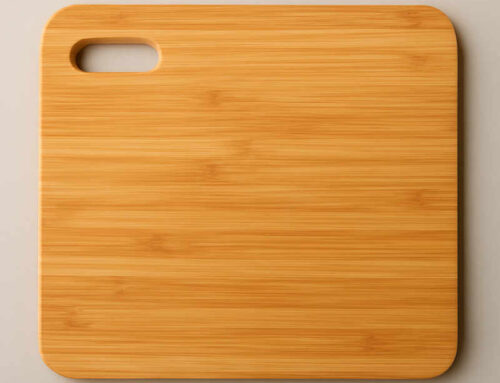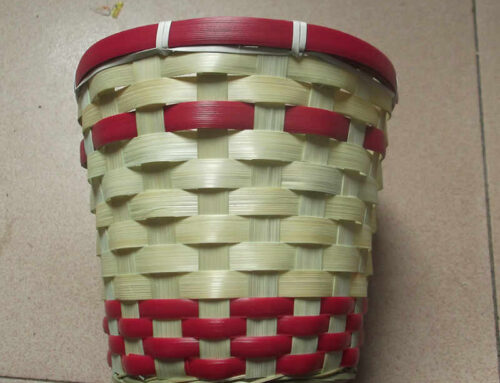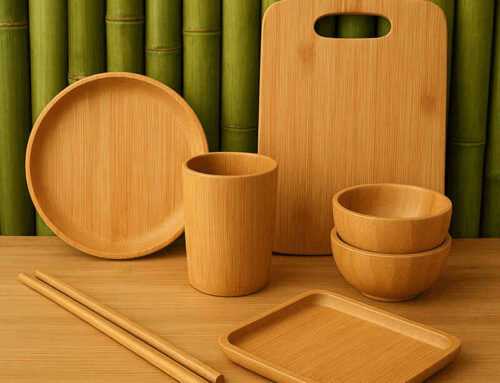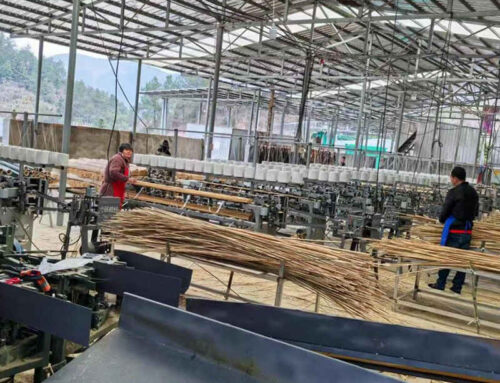Bamboo, often referred to as “green gold,” is one of the most multiple-use and sustainable plants on Earth. With more than 1,400 species across 70 genera, bamboo thrives in tropical, subtropical, and even some temperate regions all over the world. Its rapid growth, strength, and ecological characters make it a critical resource for construction, textiles, food, and even as a plastic alternative. This blog explores where bamboo grows naturally, its economic and ecological contribution, and its innovative applications in modern industries.
1. Global Distribution of Bamboo
Bamboo is mainly found in Asia, Africa, and the Americas, with some species introduced in Europe for ornamental and commercial purposes. The world’s bamboo forests cover approximately 35 million hectares, and this area is expanding because of bamboo’s fast regeneration .
1.1 Asia: The Heartland of Bamboo
Asia is the largest bamboo supply region, accounting for 64% of the world’s bamboo forest. Main countries included:
– China: The world leader in bamboo resources, with 7.01 million hectares of bamboo forests, primarily in Zhejiang, Fujian, Sichuan, and Anhui provinces . China is also the world largest exporter of bamboo products, from construction materials to textiles.
– India: The second-largest bamboo producer, with 4 million hectares of bamboo forests, mainly in Assam and Meghalaya. India is the top bamboo pulp supplier for paper manufacturing .
– Southeast Asia: Countries like Myanmar (217,000 hectares), Thailand (81,000 hectares), and Vietnam (100,000 hectares) have vast bamboo resources used for handicrafts, housing, and food .
1.2 Africa: Emerging Bamboo Economies
Africa’s bamboo belt stretches from Senegal to Madagascar, with obvious growth in:
– Ethiopia (100,000 hectares) and Kenya (130,000 hectares), where bamboo is used for construction and erosion control .
– Ghana and Uganda, where international organizations make bamboo as a sustainable alternative to timber .
1.3 The Americas: From Amazon to the USA
– Brazil’s Amazon Basin has 1.02 million hectares of bamboo, used in construction and made bamboo furniture.
– USA: While native bamboo is not enough, states like Florida and Hawaii cultivate imported species for landscaping and eco-products .
1.4 Europe: Limited but Growing Presence
Europe has no native bamboo, but countries like Germany, France, and the Netherlands imported species from other countrues for gardening and sustainable architecture.
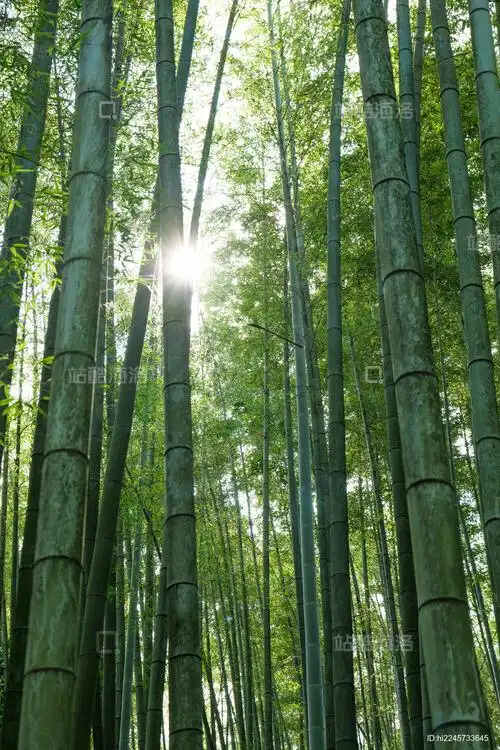
2. The different applications of Bamboo
Bamboo’s applications are vast, ranging from traditional crafts to high-tech industries.
2.1 Construction & Architecture
– Bamboo houses are common in Asia and Latin America because of their earthquake resistance and low cost.
– Engineered bamboo (laminated boards) is used in modern buildings, including the Shanghai Library and Amsterdam’s Hotel Jakarta.
2.2 Eco-Friendly Alternatives to Plastic
China is pioneering bamboo as a plastic substitute,producing:
– Bamboo kitchen ware, straws, and packaging (biodegradable in 3 months) .
– Bamboo fiber textiles for clothing and bedding.
2.3 Food & Agriculture
– Bamboo shoots are a delicious food in Asian cuisine.
– Bamboo-based mulch films replace plastic in farming, reducing the pollution .
2.4 Handicrafts & Cultural Significance
– Myanmar and Indonesia manufacturer bamboo baskets, musical instruments, and furniture.
– Japan uses bamboo in tea ceremonies and traditional crafts.
3. The Future of Bamboo: Sustainability & Innovation
With global plastic waste reaching 400 million tons annually, while bamboo offers a biodegradable, renewable solution. Countries like Malaysia and Ghana are investing in bamboo industrialization to boost economies .
Key Trends:
– Bamboo as carbon sinks: Its rapid growth helps offset CO₂ emissions.
– High-tech applications: Bamboo is used in bio-composites, 3D printing, and renewable energy.
Conclusion
Bamboo is not just a plant—it is a symbol of sustainability, resilience, and innovation. From Asian forests to African savannas, its global presence continues to grow, offering solutions for green construction, plastic pollution, and rural development. As the world shifts toward eco-friendly alternatives, bamboo play a decisive role for a sustainable future.
Would you like to explore specific bamboo products or regional industries with more information? Let me know how I can expand on this fascinating topic!

